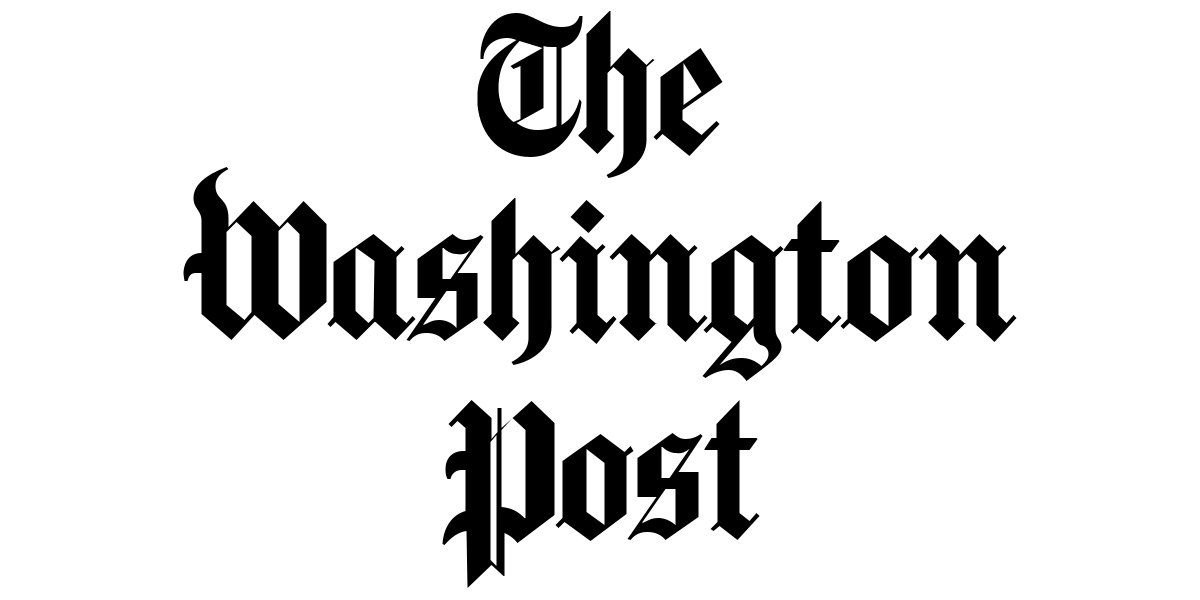BY MCKENZIE BEARD with research by RACHEL ROUBEIN
PUBLISHED: WEDNESDAY, FEBRUARY 22ND, 2023
Happy Wednesday and welcome back to The Health 202, where the early blooming cherry trees in the District have us excited for spring on this chilly morning.
Today’s edition: The results are in for the closely watched Wisconsin Supreme Court primary election. Abortion rights groups in Ohio took the first step toward putting a constitutional amendment protecting abortion rights on the ballot this fall. But first …
Democrat-led states are focusing on prescription drugs, flavored tobacco and single-payer health care
The 2023 legislative session is moving full steam ahead.
We recently wrote about legislation red states are pursuing. In today’s edition, we take a look at blue states, where lawmakers are moving to ban flavored tobacco products, curb prescription drug prices and expand health coverage for residents.
It’s still unclear how many of these initiatives will become law given industry lobbying and political barriers. But here’s a look at some of the legislation on tap in states where Democrats set the legislative agenda:
Prescription drug affordability boards
One idea gaining traction to tamp down on pharmaceutical prices is to create a prescription drug affordability board (PDAB). These nongovernmental bodies are typically staffed by health-care experts who are tasked with identifying high-cost drugs and suggesting policy options to make them more affordable for consumers and state health budgets.
Lawmakers have introduced legislation to establish their own PDAB in at least five blue states this session: Minnesota, New Mexico, Illinois, Michigan and Rhode Island. If enacted, they’d join seven other states that have passed laws creating the independent panels since 2019.
The authority that PDABs have to drive down drug prices varies by state; although, since many are still in their infancy, it remains to be seen what will be most effective. We’re watching Colorado and Washington particularly closely, since their boards are empowered to set upper payment limits on certain high-price drugs that its members deem unaffordable.
- “This is really about having something in between the monopolistic power of a large entity and individual consumers that have to buy things from that large entity to live,” said Minnesota state Rep. Zack Stephenson (D), a primary sponsor of legislation that would establish a PDAB in his state.
Banning flavored tobacco sales
Democrats in at least eight states are looking to ban the sale of most flavored tobacco and e-cigarette products.
Lawmakers behind the proposals argue that flavors are at the root of the nation’s teen vaping crisis, given evidence suggests young people gravitate toward e-cigarette devices that come in flavors like cotton candy or bubble gum.
The big question: Do the statewide bans include menthol cigarettes? In recent years, local governments and voters have increasingly taken matters into their own hands to crack down on the minty products while they wait for the Food and Drug Administration to decide whether to outlaw them nationally — a policy shift that the Biden administration proposed last year.
Oregon and Vermont are among the states looking to prohibit the sale of menthol-flavored products, with supporters contending that a ban would reduce tobacco-related health disparities and save lives. Many leading health and civil rights groups agree, arguing that the tobacco industry has a long history of aggressively marketing to Black communities, fueling higher rates of preventable illnesses and deaths.
But lawmakers in Connecticut filed a proposal that make an exception for menthol cigarettes, citing concerns that prohibition could give rise to clandestine sales and exacerbate existing issues around racial profiling, discrimination and law enforcement.
One thing is certain: If passed, the new policies would almost certainly face legal blowback. Last year, tobacco companies asked the Supreme Court to block California from enforcing its ban on flavored products, even after nearly two-thirds of state residents supported it in the November elections.
Looking at single-payer
Democratic lawmakers in at least eight states have introduced ambitious proposals pressing for a single-payer health-care model to provide coverage for all residents.
The effort comes as upward of 15 million people are expected to lose their health insurance this year. State health officials will begin the sizeable task of determining who is no longer eligible for Medicaid after three years of keeping enrollees continuously enrolled in the program during the pandemic (although some are expected to qualify for financial aid on the Obamacare exchanges or obtain employer-sponsored coverage).
Oregon and Maryland are among the states seeking to establish a commission charged with developing a plan for implementing a single-payer system. States including Connecticut and Minnesota are looking to set up a committee to study the costs and benefits of transitioning from a multi-payer system to a single, state-administered payer.
But these measures face long odds to become law this session. Dozens of single-payer proposals have been introduced in state legislatures across the country since the passage of the Affordable Care Act in 2010, and as it stands, just Vermont has managed to carry its plan over the finish line — only for it to be shelved three years later due to cost concerns.
Nevertheless, Democrats behind the proposals say they hope the bills will boost the campaign to establish single-payer systems in the states, as efforts to implement universal health care have sputtered on the federal level.
Reproductive wars
The results of the Wisconsin primary that could decide abortion ban fate
Voters narrowed the field to two candidates — one liberal and one conservative — for the Wisconsin Supreme Court yesterday in a race that will determine the balance of the court, The Post’s Patrick Marley reports.
Officially the race is nonpartisan, but Milwaukee County Judge Janet Protasiewicz is aligned with Democrats and Daniel Kelly, a former state Supreme Court justice, is aligned with Republicans. The two advanced in Tuesday’s primary election and will now battle it out in a 42-day sprint to an April 4 general election that is sure to see record spending.
For 14 years, conservatives have controlled the court. But that could change just as a lawsuit over the state’s 1849 ban on most abortions is winding its way through the courts and is likely to come before the justices in the coming years. Abortion has been a centerpiece of the race with groups on both sides of the debate issuing endorsements, crafting get-out-the vote efforts and putting money into the race.
Ohio groups take key step to put abortion rights on the 2023 ballot
Abortion rights groups took a step forward yesterday in their quest to put a measure to Ohio voters in the fall aimed at enshrining abortion rights into the state constitution.
Ohioans for Reproductive Freedom and the Ohio Physicians for Reproductive Rights submitted an amendment and a summary to the state’s Republican attorney general for review. The proposed ballot measure would guarantee the right to fertility treatment, contraception, abortion and more. The text of the amendment states that “abortion may be prohibited after fetal viability” — which is typically around 22 to 24 weeks into pregnancy — with exceptions for the life and health of the mother.
What’s next: The state’s attorney general has up to 10 days to approve the summary of the amendment. It then also needs sign-off from the Ohio Ballot Board before abortion rights groups can begin gathering the necessary 413,00 signatures to attempt to officially get the measure on the fall ballot.
In a preview of the fight to come, the language submitted yesterday is already receiving pushback from antiabortion groups, with SBA Pro-Life America calling the proposal “extreme.”
On the Hill
First in The Health 202: Senate Democrats call on HHS to address ‘junk plans’
More than 30 Democratic senators are urging the federal health department to limit the Trump administration’s expansion of short-term health insurance plans — cheaper, skimpier coverage that isn’t required to comply with Obamacare’s consumer protections.
In a letter sent this morning, Sens. Tammy Baldwin (D-Wis.) and Chris Murphy (D-Conn.) led lawmakers in urging the Department of Health and Human Services to take “immediate action” since Medicaid’s pandemic-era continuous enrollment requirement ends March 31, at which point millions of beneficiaries are expected to begin to lose coverage through the safety net program and will need to enroll with another insurer in the coming months.
Key context: It’s been over two years since Biden signed an executive order directing federal agencies to review Trump-era regulations. In a recent rulemaking agenda, the federal health department said it intends to issue a proposal by April, but that timeline isn’t binding. HHS didn’t immediately respond to a request for comment.

